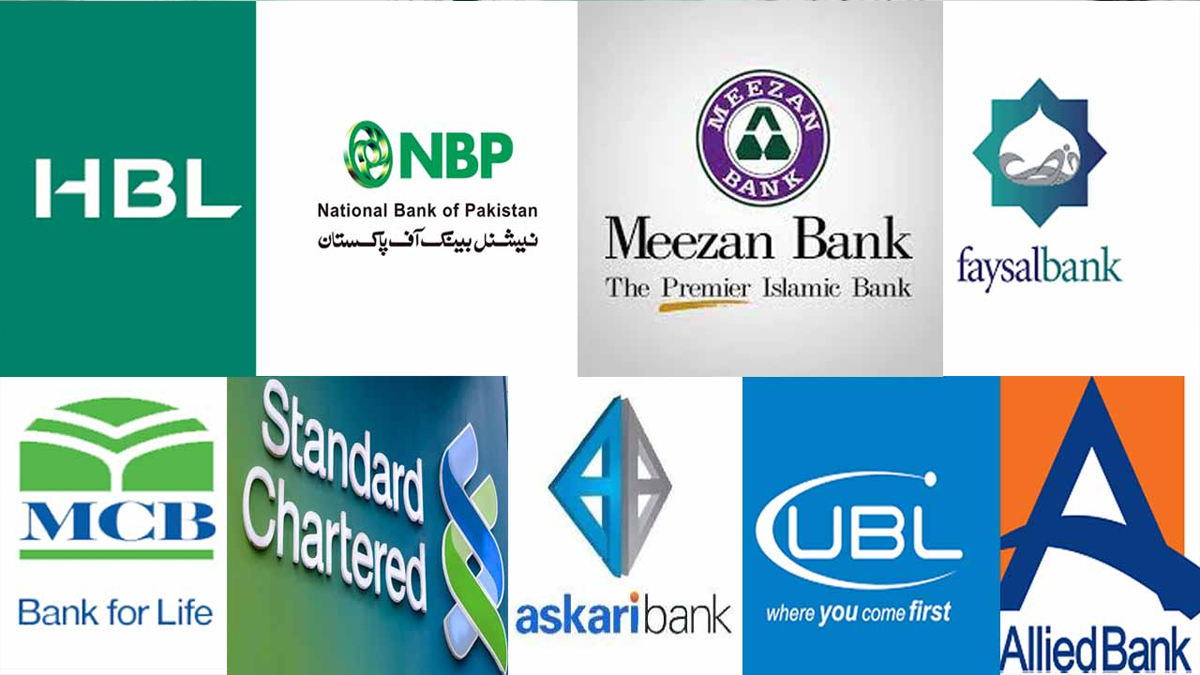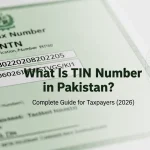
pakistani banks double their profits in a year
According to a State Bank of Pakistan (SBP) report on the mid-year performance review of the banking sector (January to June 2023), banks in the country witnessed a remarkable surge in profits. Their profits more than doubled, reaching Rs 284.5 billion in the first half of the current year, compared to Rs 126.2 billion during the same period last year.
The primary driver of this substantial profit increase was the surge in net interest income (NII), attributed to rising interest rates. Over the course of H1CY23, the SBP policy rate saw a cumulative increase of 600 basis points, contributing significantly to higher earnings for banks. Notably, NII grew by an impressive 67.3 percent in H1CY23, in contrast to 23.6 percent during the same period last year. This growth was fueled by multiple policy rate hikes during the review period, as well as steady growth in earning assets.
However, it’s worth noting that while interest income doubled to Rs 2723.1 billion in H1CY23 compared to the first half of the previous year, interest expenses also more than doubled to Rs 1882.1 billion. This increase in interest expenses offset a significant portion of the growth in interest income.
The boost in income from advances and investments was primarily due to the rise in interest rates, with an expansion in the volume of these assets also contributing to the growth in interest income. Meanwhile, non-interest expenses recorded a noticeable increase of 31.9 percent in H1CY23, surpassing the previous year’s figures.
In terms of asset growth, the banking sector expanded its asset base by 14 percent during the review period, reaching Rs 40.796 trillion. This growth was mainly driven by investments, which constituted 52.7 percent of the asset base, while advances saw muted growth. The advances to deposits ratio (ADR) declined to 45 percent from 50.4 percent in December 2022.
Banks’ investments increased by Rs 3.1 trillion, and advances grew by Rs241 billion during H1CY23. Notably, there was a slowdown in domestic private sector advances (PSA) during this period, with a 7 percent contraction compared to a 6.8 percent growth in the same period the previous year. This contraction was observed across various segments, with the corporate segment, holding 75 percent of domestic private sector advances, making the most substantial retirement of Rs 534.6 billion.
Furthermore, auto financing also experienced a retirement of Rs 44.9 billion, mainly due to high-interest rates. Sector-wise details of private sector advances showed a broad-based slowdown, with substantial retirements seen in the financial sector, energy, chemicals and pharmaceuticals, textiles, and individuals.
In addition, the investment portfolio of banks increased by 16.9 percent, reaching Rs 21.5 trillion during H1CY23.
Read More: Gold markets stop issuing rates to look for ways to curb speculation
Regarding the foreign exchange market, the report highlighted that the rupee depreciated by 20.8 percent against the dollar in H1CY23, compared to 13.8 percent in H1CY22. Exchange rates exhibited relatively higher volatility during H1CY23.
Read More: Apple to roll out its all new iOS for iPhone, iPad, and smartwatches
Finally, deposits in the banking sector saw a noticeable revival in mobilization activity, increasing by 14.2 percent to reach Rs26.785 trillion during H1CY23. This was a stark contrast to the 1.1 percent contraction observed in H2CY22 and the 9.3 percent growth in H1CY22.



